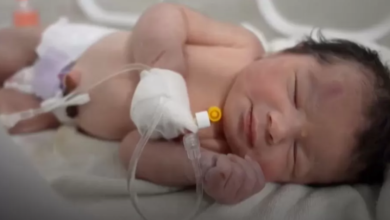Japan plane turns back after passenger bites cabin attendant

An All Nippon Airways (ANA) plane bound for the United States was forced to return to Tokyo after a heavily intoxicated passenger bit a cabin attendant, leaving her with minor injuries, according to ANA representatives.
The incident occurred mid-flight, with the passenger, believed to be a 55-year-old American man, sinking his teeth into the crew member’s arm. The pilots decided to turn the plane around over the Pacific and head back to Haneda airport, where the passenger was apprehended by the police.
The incident gained attention on social media, with some users comparing it to the “beginning of a zombie movie” in mock horror. However, this is just one of several recent incidents that have plagued Japanese aviation in a short time.

The most serious occurrence was a near-catastrophic collision at Haneda airport on January 2nd, involving a Japan Airlines aircraft and a smaller Coast Guard plane. While all 379 passengers on board the JAL Airbus managed to escape before the aircraft became engulfed in flames, five out of six individuals on the smaller plane, which was involved in a relief operation after a major earthquake, tragically lost their lives.

Despite these incidents, aviation experts assert that such occurrences are not uncommon. Doug Drury, an aviation expert at Central Queensland University, explained that “wing strike” incidents often happen due to airports handling planes larger than those originally designed for.
He also suggested that the crack on the cockpit window could be attributed to a faulty window heat system, as extreme altitude temperatures can contribute to such issues.
However, as these incidents continue to grab headlines, airlines and authorities need to evaluate safety protocols and ensure that measures are in place to prevent future accidents.










